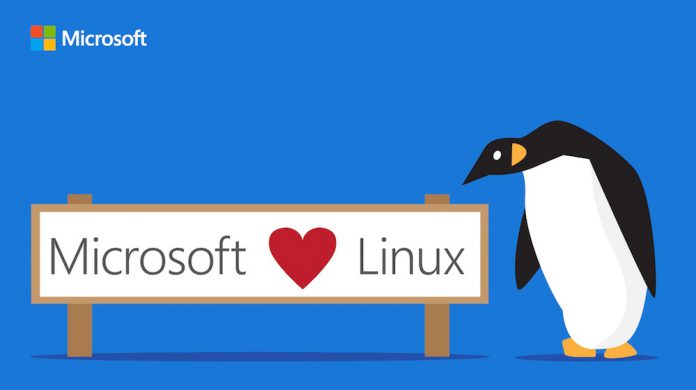This is important because it expands the availability and support of Windows Subsystem for Linux 2 across more Windows 10 users. Microsoft says the expansion follows customer feedback requesting support for older Windows 10 builds. WSL 2 is Microsoft’s latest version of the service that allows Linux distros to function within Windows. Distribution can run the original WSL or the updated second version, and users can switch when they want. At Build 2020 earlier this year, Microsoft announced some big changes for Windows Subsystem for Linux. Microsoft’s announcements had a focus directly on Windows Subsystem for Linux (WSL) 2. For example, the company showcased hardware acceleration for WSL. This addition means users can now run Linux GUI applications on Windows 10. Elsewhere at Build, support for GPU compute workflows was brought to the platform. With this ability, Linux tools can tap into GPUs on Windows PCs, allowing hardware acceleration when developing apps. Support for GUI applications also allows users to open a WSL instance and run it like a Linux app in Windows 10.
Expanding Support
With the latest news, users on Windows 10 versions 1903 and 1909 no longer need to use WSL 1, unless they want to. Moving to WSL 2 brings the following benefits to the Windows versions:
“File system performance now on par with Mac and Linux speeds Improved System Call Support for all Linux applications notably: Docker, FUSE, rsync, etc. Full Linux kernel built into WSL 2 Docker Desktop has added support to use WSL 2 as its engine, giving faster startup speeds and improved resource usage.”
It is worth noting only x64 variants of Windows 10 versions 1903 and 1909 support WSL 2 for the time being.




